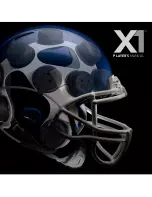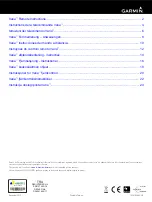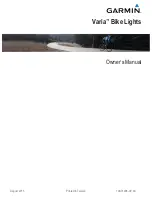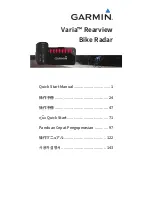
TK 61555-2-MM-EN
47
2.
Pull the coolant level switch straight up to remove it from the tank. It may be necessary to
use a small pry bar or screwdriver. Take care to avoid damage to the tank or switch.
3.
Place the new coolant level switch in the tank and press it straight down until it snaps into
place. Check to make sure it is securely in place.
4.
Connect the wire harness connector to the coolant level switch.
Engine Fuel System
The components of the fuel system are:
•
Fuel tank
•
Fuel filter (or Primary and Secondary Fuel Filters)
•
Water separator
•
Hand fuel pump
•
Transfer pump (or electric fuel pump)
•
Injection pump
•
Injection nozzles
The hand fuel pump is used to manually draw fuel from the tank up to the transfer pump if the
unit should run out of fuel. Fuel is drawn from the fuel tank through the prefilter by the transfer
pump (or electric fuel pump). The transfer pump (or electric fuel pump) delivers fuel to the water
separator and fuel filter. Filtered fuel passes through a line from the outlet fitting on the filter
base to the injection pump.
Operation
The injection pump forces the fuel, at a very high pressure, through the injection nozzles. The
injection nozzles atomize the fuel as it is injected directly into the combustion chambers.
Injection pump leakage, injection nozzle overflow and excess fuel from the fuel filter orifice are
then all sent back to the fuel tank in the return line.
Fuel Line Routing
The fuel lines from the fuel tank connect to the fittings on the fuel filter. Do not change the factory
routing of the fuel lines from the fuel filter to the injection pump.
Maintenance
The injection pump and fuel transfer pump are relatively trouble-free and if properly maintained
will usually not require major service repairs between engine overhauls.
Contamination is the most common cause of fuel system problems. Therefore, to ensure best
operating results, the fuel must be clean and fuel tanks must be free of contaminants. Change the
fuel filter/water separator regularly, inspect/clean the fuel pre-strainer, and clean the inlet strainer
on the inlet side of the fuel transfer pump.
IIm
mp
po
orrtta
an
ntt:: Do not open the fuel system unless required.
N
No
otte
e:: The injection nozzles must be cleaned and tested (and repaired if necessary) at least every
9,000 hours. Normal conditions are considered to be the use of clean high quality fuel, no
used oil blending, and regular maintenance of the fuel system according to the
Maintenance Inspection Schedule. Refer to the TK482 and TK486 Overhaul Manual TK
50136 for injection nozzle testing and repair procedures.
N
No
otte
e:: Use only diesel fuel that conforms to EN590 standard.
Whenever the fuel system is opened, take the following precautions to prevent dirt from entering
the system:
•
Cap all fuel lines.
•
Work in a relatively clean area whenever possible.
•
Complete the work in the shortest possible time.
















































